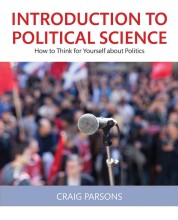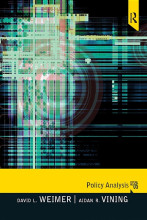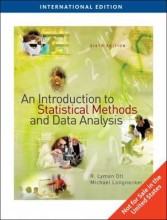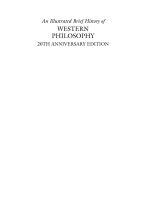Inside Liberal Democracy I: Representation - Political parties: intermediaries of representation
6 important questions on Inside Liberal Democracy I: Representation - Political parties: intermediaries of representation
Political parties give share to electoral debate and government action. The four major services the organizations render to democratic representation are:
- Aggregating intertests: parties seek out what voters want in politics
- Packaging and branding voter's options: helps voters to decide by focusing electoral competition into manageable debates
- Mobilizing citizens and recruiting leaders
- Giving direction and coherence to government
The fact that parties are essential does not mean they are perfect. Some criticism:
- Successful parties may stifle competitors
- Successful parties become stuck in their ways and unresponsive to voters' changing views -> 'iron law of oligarchy', since each party becomes a little oligarchy (ruled by a few elites).
- Parties may also become less responsive because they are 'captured by certain segments of the population -> the use of closed party primaries (elections to select candidates for a party in which only registered members can vote), often voted by the party base (voter who are most strongly committed to a party), which leads to more extreme candidates.
Different systems of parties, with different numbers and types of teams, arise partly as a consequence of voting rules. Duverger's law is:
On the other hand, party systems are more than simple reflections of voting rules, and there are many exceptions to Duverger's Law. Voting rules may encourage a few large parties or many small ones, but they do not require them.
- Higher grades + faster learning
- Never study anything twice
- 100% sure, 100% understanding
A grace across liberal democracies reveals three major configurations of party systems:
- Dominant-party systems
- Two-party systems
- Multiparty systems
Strong, tightly controlled parties usually present the most coherent positions to voters and best deliver coordinated action government. They also tend to magnify the specific effects of different party systems, namely;
- In a two-party system, strong parties tent to reinforce the dominance of majorities, weak parties allow for more diversity and multiple voices.
- In a multiparty system, strong parties tent to reinforce multiple voices and thus proportional logic, weak parties lessen the impact of smaller groups.
The party's strength, in organizing terms, is affected by three reasons:
- Voting rules -> Representatives in SMP systems face pressures to prioritize local constituencies over party coherence, whereas their counterparts in PR systems are more likely to prioritize the interests of their party over local issues.
- Candidate selection -> party leaders can influence the list of candidates much more under PR rules, than under SMP rules. Leaders of strong parties do not leave it to voters to choose who will play on their team.
- Campaign finance -> makes politicians in the US indecent of party control once in office.
The question on the page originate from the summary of the following study material:
- A unique study and practice tool
- Never study anything twice again
- Get the grades you hope for
- 100% sure, 100% understanding































